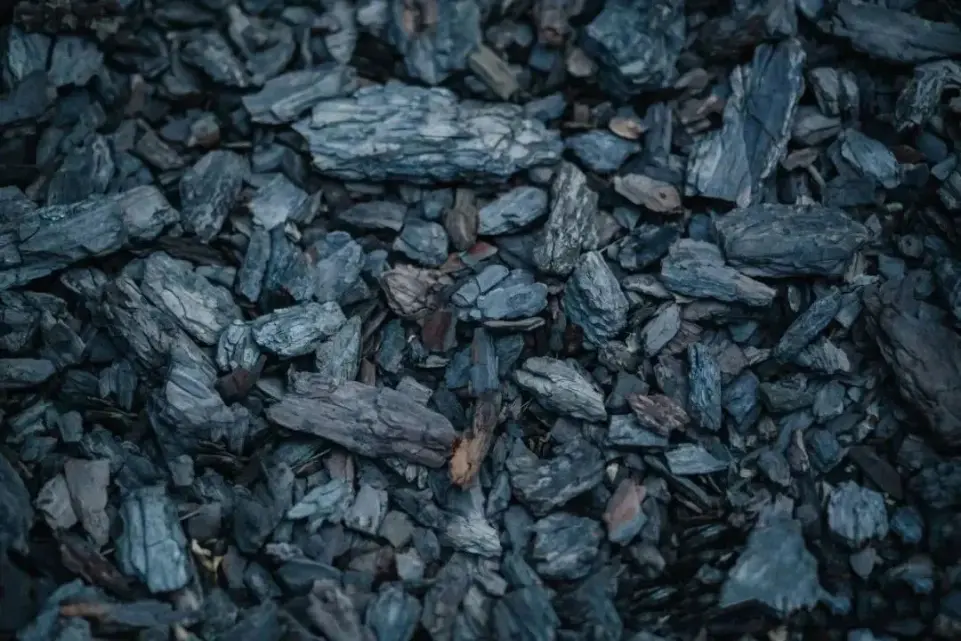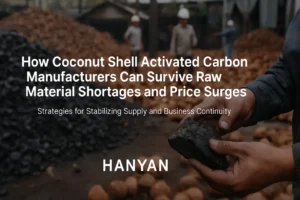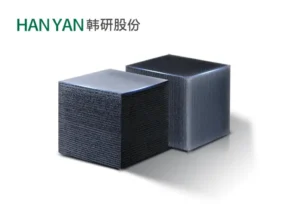The adsorption capacity of activated carbon is largely dictated by the structure of its internal pores – and these pores begin to take shape much earlier than most realize, starting from the very choice of raw materials.
This article explores how the characteristics of various carbonaceous feedstocks determine pore development, production process, and ultimately, the performance of activated carbon across different industries.
Characteristics of Raw Materials: The Foundation of Porosity
Different types of raw materials present varying physical and chemical properties that directly influence how the carbonization and activation processes unfold – and therefore determine the suitability of the final activated carbon for specific applications.
Table: Characteristics of Various Raw Materials for Activated Carbon
| Material Type | Carbon (%) | Volatile Matter (%) | Density (g/mL) | Ash Content (%) |
|---|---|---|---|---|
| Softwood | 40 | 70 | 0.35–0.5 | 0.2–1.0 |
| Hardwood | 40 | 70 | 0.5–0.8 | 0.2–1.0 |
| Fruit Shell | 40 | 66–70 | 1.3 | 0.5 |
| Lignite | 60–77 | 40–60 | 1.05–1.35 | 6 |
| Soft Coal | 60–80 | 20–30 | 1.2–1.5 | 1–15 |
| Hard Coal | 80–95 | 5–10 | 1.4–1.8 | 1-15 |
| Anthracite | 70–80 | 10–20 | 1.4 | 1.5 |
Key Properties to Consider:
- Carbon Content: Higher carbon content promotes better pore formation and increases adsorption capacity.
- Volatile Matter: Lower volatility reduces interference during carbonization and favors stable pore development.
- Apparent/Bulk Density: Higher density contributes to greater pore volume and improved CCl₄ adsorption capacity.
These three factors – when balanced appropriately – significantly improve the effectiveness of the activation process. For instance, high-density materials tend to yield activated carbon with more micropores, enhancing adsorption of carbon tetrachloride and iodine.
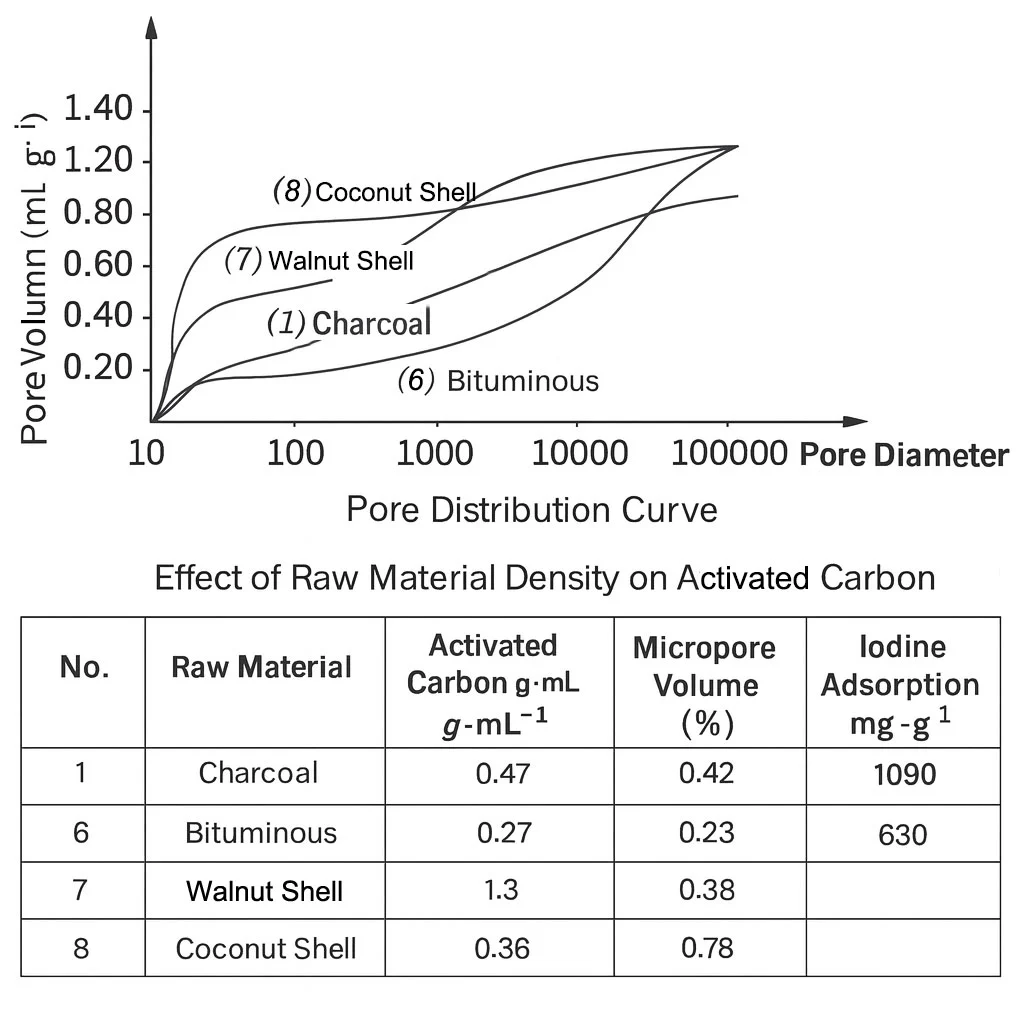
Raw Material Density and Coal Hardness: A Balancing Act
Raw material density impacts not only pore volume but also how easily the material can be processed. Coal rank and hardness are interrelated – higher-rank coals like anthracite have higher densities and lower reactivity, requiring longer activation times but producing superior microporous structures.
How Coal Rank Shapes Pore Distribution
High-Rank Coals (Anthracite, Weakly Caking Bituminous Coal)
- Pore Structure: Rich in micropores; large specific surface area
- Applications: Ideal for gas-phase adsorption (VOCs), catalyst carriers, and water purification targeting small organics
Low-Rank Coals (Non-caking Bituminous Coal, Lignite)
- Pore Structure: More mesopores; larger average pore size
- Applications: Suitable for H₂S removal, color removal in liquids, or as carriers for large-pore catalysts
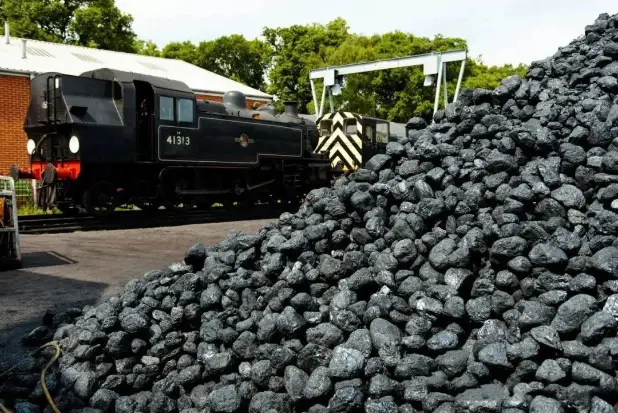
Tailored Production Processes for Each Raw Material
Each feedstock requires a specific processing strategy:
- Anthracite, Semi-soft Bituminous Coal: Can be directly crushed or ground and formed into shaped pellets with binders.
- Soft materials like Peat and Lignite: Typically require powdering → pelletizing → drying → carbonizing → a mix of chemical and physical activation due to low mechanical strength.
European and American industries often apply briquetting techniques to coal with high plasticity, while lower-rank coals are generally processed using integrated molding and activation technologies.
From Material to Application: Optimizing Performance
The selection of raw materials — and the process matched to it — determines whether the activated carbon produced will perform well in its intended function.
Some examples:
- Microporous activated carbon from anthracite: for high-efficiency air filtration and gas purification
- Mesoporous activated carbon from lignite: for liquid-phase decolorization or bulk pollutant removal
- Balanced porosity using blended feedstocks: for hybrid filters or catalyst supports
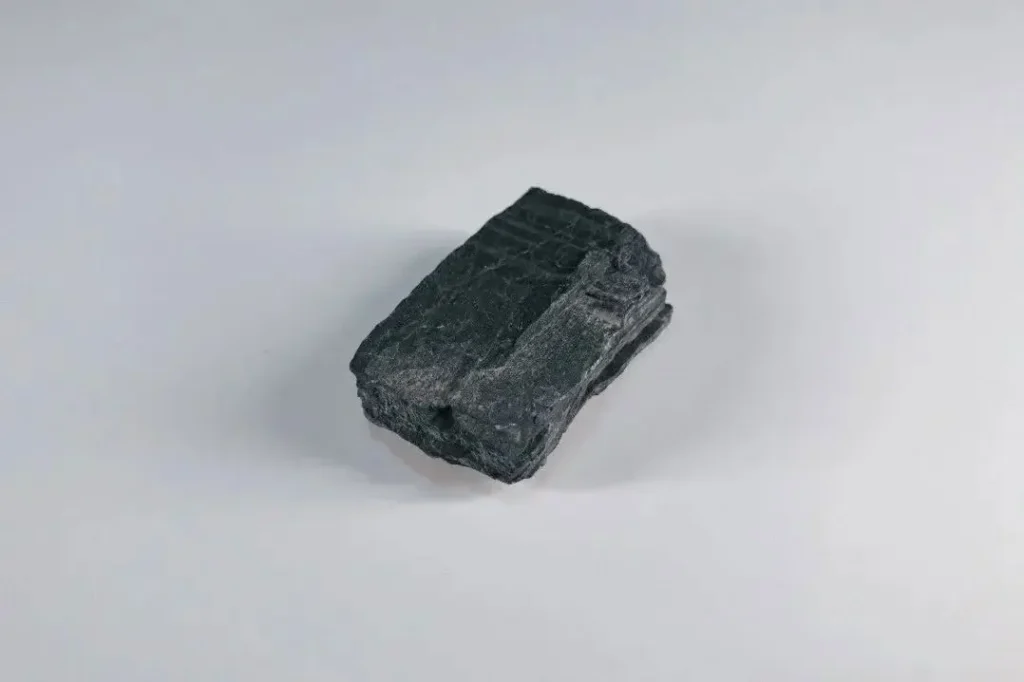
Final Thoughts
Every characteristic of the raw material — from carbon content to density and coalification degree — acts like a sculptor’s tool, carving out the internal pore network of activated carbon. By aligning the right feedstock with the right process, manufacturers can tailor performance to the needs of applications ranging from air and water purification to chemical catalysis.
Acticle Keywords: Activated carbon pore structure, raw material properties, coal-based activated carbon, microporous carbon, mesoporous carbon, carbon tetrachloride adsorption

